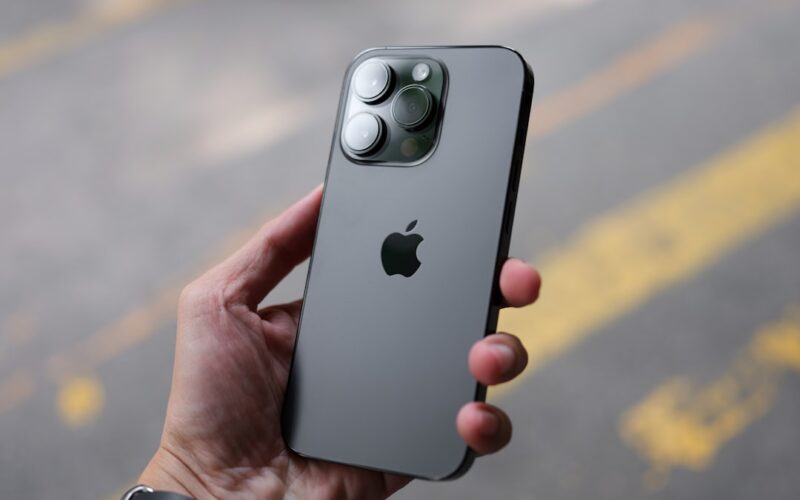Apple has officially pulled back the curtain on its iPhone 17 series, launching four new models in India—each more premium than the last. The lineup includes the standard iPhone 17 (priced at ₹82,900), the all-new ultra-thin iPhone 17 Air (₹1,19,900), the feature-packed iPhone 17 Pro (₹1,34,900), and the powerhouse iPhone 17 Pro Max, which now tops out at a jaw-dropping ₹2,29,900 for the massive 2TB variant.
Indian pre-orders open September 12, with devices hitting shelves on September 19. If you’re after something besides a phone, Apple also dropped the AirPods Pro 3 at $200 (India price TBA) and two new smartwatches: Watch Series 11 (adding blood pressure monitoring and sleep tracking) and Watch Ultra 3 (boasting satellite connectivity and a beefy 42-hour battery).
Why Are Indian Prices So High?
Here’s where things get sticky for Indian buyers. The iPhone 17 Pro Max starts at ₹1,49,900 for the base model—about ₹44,000 (26%) more than its US price of ₹1,05,812. The iPhone Air follows suit at ₹1,19,900 in India compared to just over ₹88,000 in the United States. Even Dubai offers relief: The same Pro Max goes for around 5,099 AED (roughly ₹1,22,500), meaning some intrepid shoppers have found they can actually save money by flying there to buy it!
Blame heavy import duties and taxes for this perennial price gap. For example, remove India’s typical GST and you land close to US pricing on base models—but not so with higher-end variants. In America, carrier deals often pull sticker prices lower on paper (while locking customers into long contracts), but in India you’re paying full freight upfront.
The Biggest Leap Yet?
The new iPhones aren’t just about flashy price tags. Apple touts major upgrades this year—from smoother ProMotion displays with Always-on tech to revamped cameras and thinnest-ever designs on the Air. For power users and creators who need lots of storage or next-generation features like satellite connectivity (on Ultra watches), these new models are clearly top-of-the-line.
Still, as India cements itself as one of Apple’s key markets—and even as some iPhones are now made locally—the “Apple tax” remains tough to ignore. Whether that changes in future launches remains anyone’s guess.










